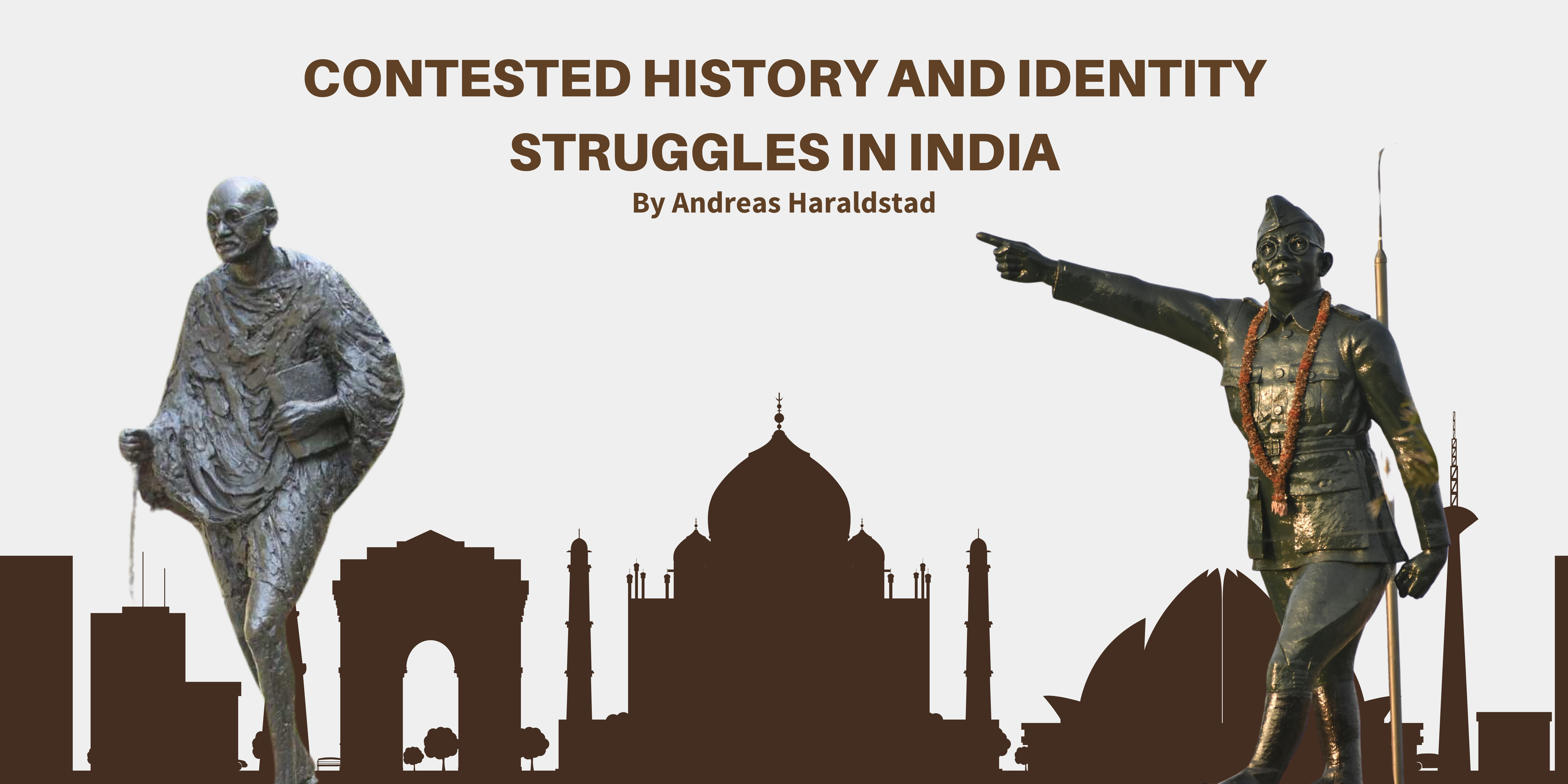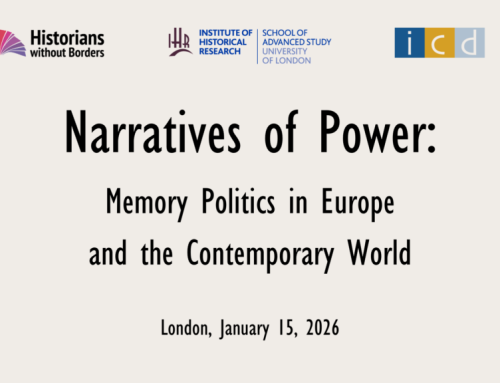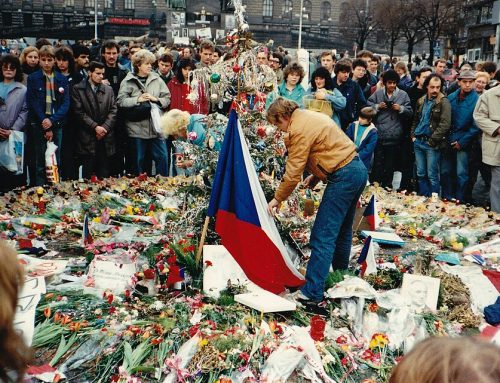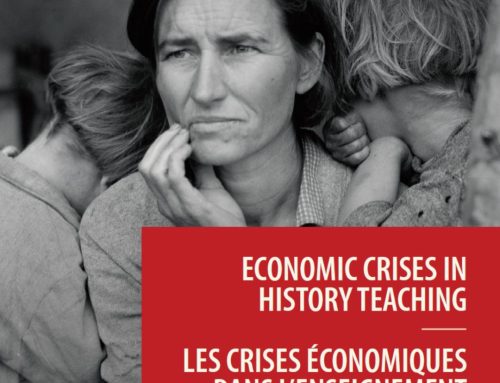At the core of EuroClio’s work stands the view that good history education is inclusive, democratic and fact-based, and that it opens up for multiple perspectives. In a sense, a reaction towards the traditional narrow nation-building aspects of history. In today’s India, the opposite is happening, as history and history education is becoming increasingly narrow, political and partisan.
Introduction
Few countries have as rich a history as India, and in few countries is this history more contested. At the core of this contestation, stands different ideas of what a society and nation India is and should be. In the last decades, with the rise of the now ruling Bharatiya Janata Party (BJP) and their ideology of Hindutva, history has become an ideological battlefield in order to legitimise a certain vision of Indian society and the Indian nation. In essence, Hindutva is an ethnic nationalist ideology which equates Hinduism and the Indian nation. Thus, in BJP’s view, all other cultural influences India has absorbed throughout the centuries, whether that be Islam or Western liberal democracy is nothing but pollution on this true Indian identity. This is why, the Indian Prime Minister Narendra Modi last year could stand in the US Congress and say that India in 2023 was celebrating 75 years of freedom after a thousand years of foreign rule, referring to muslim rulers in India. What we in a sense seem to be seeing in India is a party who, against India’s long history of pluralism and diversity, wants to create one dominant (Hindu) narrative. In their view, the Indian identity is not a mosaic of different syncretic cultures and influences but a sort of primordial ‘hinduness’ which needs to be protected and this view, makes itself apparent in how history is used, taught, written and understood in modern India.
Vilification of the Mughals
The most visible contestation is about the position of the Mughal dynasty in Indian history. The Mughals were a Muslim dynasty that ruled most of India between the 16th and 18th century, famous amongst other things for building the Taj Mahal. While they in the past were considered the last native dynasty of India, they are today painted as brutal colonisers in the same vein as the British. Especially the emperor Aurangzeb (1618-1707) – who rightly was a particularly brutal ruler – is vilified, his memory literally provoking deadly street fights in Indian cities. Furthermore, they are often used as “dog whistles”, where references to “the followers of Aurangzeb not belonging in India” serve as statements really saying that “Muslims do not belong in India.”
A concrete expression of this antagonism against the Mughals is apparent when it comes to names of streets and buildings. There has long been a tradition of renaming streets and buildings in India away from the old British colonial names, thus Bombay became Mumbai and Madras became Chennai. A more recent development, however, is to also apply this to names stemming from the Mughals or other Muslim rulers, such as the city of Allahabad becoming Prayagraj or the Mughal Gardens connected to the Presidential Palace in Delhi becoming Amrit Udyan. Another chief example is the pressure many mosques are facing. The seminal example is the historical Babri Masjid that was illegally demolished by Hindu nationalist in 1992, due to a conviction that it was built over an older Hindu temple. Similar claims have been made towards other mosques and the trend has even reached the Taj Mahal, built by the Mughal emperor Shah Jahan (1592-1666) between 1632 and 1648 as a tomb for his favourite wife, but claimed by some Hindu-nationalists to really be a temple to the god Shiva.
Revising the independence struggle
More recent history has also become contested. This is especially the case for the independence movement and the subsequent years of Indian history. In essence, the ruling party seeks to downplay the role of many of the traditional “heroes” of the Indian independence struggle and replace them with their own. This is especially true when it comes to India’s first prime minister, Jawaharlal Nehru. To be sure, there are instrumental reasons behind this. By questioning and downplaying Nehru’s role and legacy, BJP discredits the Nehru-Gandhi dynasty which has ruled India for 37 out of 77 years since independence and who still rules the INC (Indian National Congress) as a sort of dynasty. However, it also reflects an antipathy towards Nehru’s perceived western and anglophile sentiments, especially his secularism. The rewriting of history is thus both instrumental and ideological.
In a similar vein, Gandhi is also somewhat contested in modern day India. His idea of both a pluralist India and a pluralist Hinduism as well as peaceful opposition goes against the ideology of the BJP and their parent organisation, the Rashtriya Swayamsevak Sangh (RSS). However, Gandhi still has a lot of followers and admirers both abroad and domestically. As a result, Gandhi is still revered in official situations. His face still adorns the currency and Modi still pays tribute to his memorials together with foreign leaders. However, at the same time, his character is increasingly questioned on lower levels and tellingly, there has been an “restauration campaign” for his assassin, the hindu-nationalist RSS-member Nathuram Godse with statues, praise and even, recently, a big Bollywood movie where Gandhi survives and the two reconcile.
The most clear example of such revision is the case of Subhas Chandra Bose. Though not a complete revision – Bose has long been popular in India – there has been a clear increase in his “cult” the last few years. Bose also fought for Indian independence from the British, but unlike Gandhi, he believed this was best done through violent means and in that vein he both met with Hitler, helped set up Indian volunteer battalions fighting for Nazi Germany and joined the Japanese in their invasion of north-east India. He was long seen as a more controversial figure, but he has now been put to the very top of the list of Indian independence figures together with Gandhi, apparent in everything from posters to memorials. A huge statue of him was recently put on the pedestal that used to host King George VI in the heart of New Delhi, symbolising what aspects of the past the BJP wants to highlight.
Ancient history
More ancient history is also contentested. Ignoring the more wild theories of ancient Indians having nuclear weapons, aeroplanes and plastic surgery (based on fanciful and literal readings of ancient Indian epics), the most contested aspect has been what has traditionally been called “the Aryan invasion theory”. Here, Hindu nationalists challenge the consensus of ancient historians, archaeologists and linguists, that Vedic society and the precursors to Hinduism was created through the migration of Indo-Aryan peoples from the steppe and cultural mixes with the people, primarily Dravidian, already living in India. This is contested by Hindu nationalists, who not only claim that Hinduism is thousands of years older than the established consensus, but also that Vedic civilization was born on the Indian subcontinent, without any outside influence, thus supporting their view of an “eternal” Hindu presence.
Historians and history books
The contestation over history does not only permeate public discourse in India, it also has concrete effects on the teaching and practice of history. In teaching, it has had effects on the textbooks. In 2023, the National Council of Educational Research and Training (NCERT) removed chapters on Mughals and other Muslim dynasties from the official textbooks, citing wishes to “lighten the burden” of school children. Likewise, mentions of the fact that the main Hindutva organisation RSS was banned due to its (likely) role in the murder of Gandhi has also been removed. Similar changes in-line with Hindutva ideology have also been made in the various states, such as Maharashtra which has removed many subjects from its history books to pay more attention to the Maratha king Shivaji I (1630-1680), a hero of the Hindutva-movement.
In this milieu of name-changing and scepticism of objective historical knowledge, historians and history teachers have also become targeted as hindu nationalists routinely seek to cancel and ostracise all scholars whose writings do not align with their views. A concrete example of this is a campaign against the renowned Indian historian Romila Thapar, who has written extensively on ancient Indian history as well as on modern interpretation and uses of history and has been targeted as a “Marxist” and a “Hindu-hater”.
Conclusion
The Indian case is interesting because it is such a telling example of the role stories about the past and history education plays in society. The quote “History is written by the victors” might be a cliché, but it still conveys the important notion that History, or at least stories about the past are formed in the present and for present purposes. Consequently, these stories become powerful and history education potentially dangerous. The school subject of history, unlike mathematics, does not primarily seek to give students instrumental skills, rather it is a formative discipline that seeks to give students a certain identity. Consequently, struggles over identity will also affect how history is interpreted and taught. This is why an independent History discipline, based around the ideal of objectivity and a critical attitude to sources is so important and why it is our duty as historians and history teachers to defend it.
This article was written by EuroClio trainee Andreas Haraldstad













